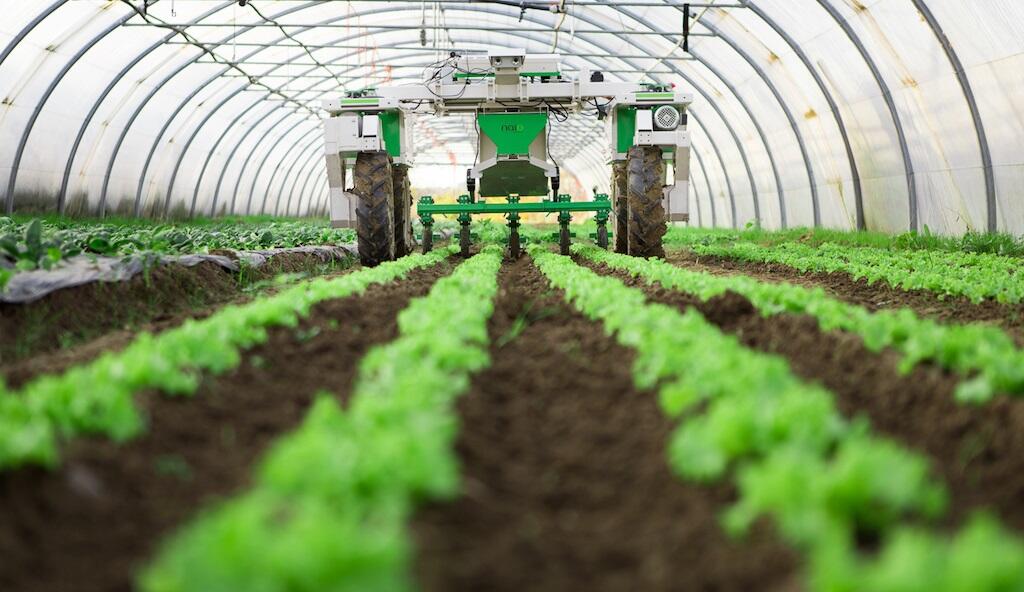In today’s quickly developing technological landscape, the agricultural industry is ready to get a transformational experience motivated by Laboratory Information Management Systems LIMS. LIMS, an effective device usually linked to laboratory management, is already emerging like a driver for optimizing and revolutionizing agricultural methods. By effortlessly including data series, analysis, and decision-making processes, LIMS is unleashing the untapped probable of agriculture, creating increased productivity, sustainability, and overall productivity. Agriculture, the spine of international food security, confronts an array of obstacles including shifting climate styles to some flourishing world-wide populace. These obstacles necessitate revolutionary strategies to increase generate, minimize source intake, and lower environmental influences. LIMS, having its data-driven strategy, is enjoying a crucial function in responding to these difficulties. One of several major benefits associated with LIMS in agriculture is its capability to simplify data management.

Standard agricultural functions entail a multitude of data point soil quality, weather situations, crop brings, pest and illness frequency, and a lot more. LIMS offers a centralized program for taking, storing, and inspecting this data, getting rid of the inefficiencies of manual report-keeping. This centralized data base permits researchers, farmers, and policymakers to help make well informed choices depending on correct and updated information. In addition, LIMS enables precision agriculture, an innovative strategy that tailors farming practices to distinct area conditions. By accumulating real-time data from sensors and satellites, LIMS makes it possible for farmers to help make precise decisions about irrigation, fertilization, and pest control. As a result, the potential for crop failure on account of around or underutilization of assets is quite a bit reduced. In addition to its influence on crop production, LIMS is likewise enhancing livestock management. Livestock farming consists of intricate data tracking associated with animal health, genes, and feed quality. LIMS simplifies this method by automating data selection and analysis. Vets can monitor the health of wildlife or whole herds, enabling early on sickness detection and avoidance.
Moreover, hereditary data kept in LIMS facilitates picky breeding plans, creating enhanced livestock qualities and overall productivity. The integration of LIMS with many other growing technologies is amplifying its effect on agriculture. The World Wide Web of Points IoT gadgets, drones, and satellite imagery are providing real-time data channels that LIMS can control. Drones equipped with cameras and devices can monitor crop health and growth, while satellites supply valuable insights into soil moisture and nutrient levels. LIMS works as being the nexus for aggregating and handling this data, supplying workable insights that push decision-making at every level of the agricultural benefit chain. Even so, the adoption of LIMS in agriculture is not without the need of obstacles. Preliminary implementation expenses, technical training, and data security concerns might prevent some stakeholders. Additionally, bridging the digital divide in non-urban and building locations continues to be an important concern to make sure equitable access to these advancements. Laboratory Information Management Systems are catalyzing a profound improvement in agriculture. By harnessing the effectiveness of data, LIMS is optimizing agricultural techniques, enhancing productivity, and endorsing sustainable useful resource application and get more info at https://atlab.com/industries/agriculture-farming-lims/. The easy integration of data series, analysis, and decision-making functions empowers stakeholders all over the agricultural spectrum, from experts to farmers and policymakers.

0 Comment